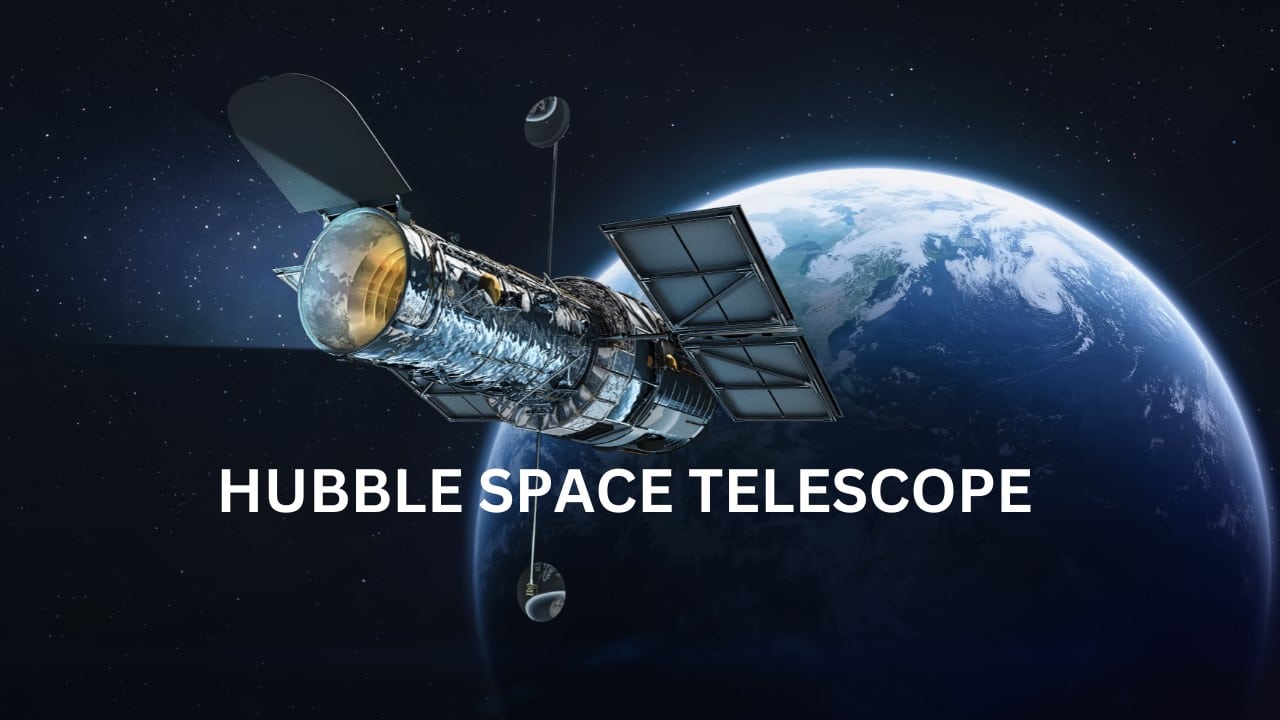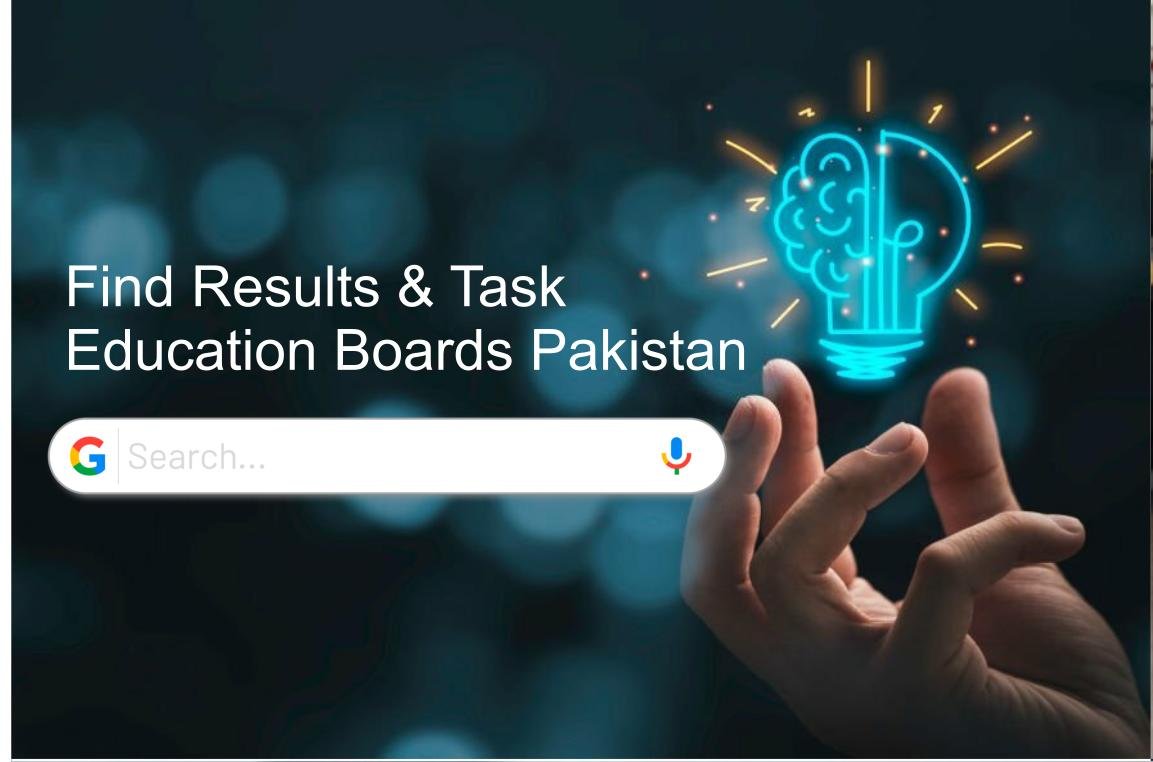- Bridging Knowledge Gaps: Strategies for Lifelong Learning and GrowthIn an increasingly fast-paced world, the ability to bridge knowledge gaps is more crucial than ever. Whether you’re a student, a professional, or someone eager for personal development, the process of filling the gaps between what you know and what you need to know is vital for continuous growth. Bridging these gaps effectively ensures that you are not only prepared for the challenges of today but also equipped for the demands of tomorrow.
What is Bridging Knowledge Gaps?
Bridging knowledge gaps refers to the process of addressing and closing the difference between what you currently understand and what you need to learn. This concept applies across various domains, including education, career development, and personal growth. It’s about overcoming limitations in your knowledge and abilities by acquiring new insights and skills.
The good news is that anyone can bridge their knowledge gaps. By adopting the right strategies, tools, and mindset, you can continuously evolve and stay ahead in today’s competitive environment. Below are effective strategies to help you bridge your knowledge gaps and accelerate your growth.
1. Identify Knowledge Gaps
The first and most crucial step in bridging a knowledge gap is identifying what you don’t know. This may seem obvious, but many people tend to skip this step and focus directly on learning without defining what is lacking in their understanding. Start with a self-assessment or seek feedback from peers, mentors, or supervisors to pinpoint the areas where you need improvement.
Key Question: What do I need to know to achieve my goals, and where are my knowledge deficiencies?
2. Set Clear Learning Objectives
Once you’ve identified the knowledge gap, it’s time to define clear objectives. By setting specific, measurable, achievable, relevant, and time-bound (SMART) goals, you give your learning process direction and focus. Whether you’re trying to learn a new skill, understand a complex topic, or prepare for a specific career advancement, having clear goals will keep you on track.
Tip: Break down your objectives into smaller, manageable tasks for easier tracking and achievement.
3. Seek Reliable Sources of Information
Accessing accurate, up-to-date, and reliable information is key to bridging knowledge gaps. Make use of books, research papers, online articles, video tutorials, and e-learning platforms to gather the information you need. Opt for credible sources such as academic publications, reputable websites, and industry experts to ensure you’re learning from authoritative voices.
Recommended Tools: Use online platforms like Coursera, edX, LinkedIn Learning, or Google Scholar for comprehensive learning materials.
4. Ask Questions
Never hesitate to ask questions. Whether it’s through informal conversations, professional networks, or formal settings, asking questions is one of the most effective ways to learn. Reaching out to experts, colleagues, or peers can help clarify doubts and provide valuable insights. Remember, there’s no such thing as a “silly question” in the pursuit of knowledge.
Pro Tip: Join online communities or forums related to your area of learning to ask questions and engage in discussions.
5. Experiment and Practice
Practical application is one of the best ways to reinforce new knowledge. Once you have acquired information, experimenting and practicing your new skills will help solidify your learning. Whether you’re learning a technical skill, studying a new language, or exploring a business strategy, hands-on experience is invaluable.
Example: If you’re learning coding, build small projects to apply your knowledge, or if you’re learning management techniques, lead a small team project.
6. Networking and Collaboration
Connecting with others who have more expertise in your field can provide fresh perspectives and practical advice. Networking opens doors to new learning opportunities, insights, and collaborations. Joining professional organizations, attending seminars, or simply engaging with like-minded individuals on social media platforms can facilitate knowledge exchange.
Networking Tip: Attend webinars, conferences, or join professional LinkedIn groups to expand your learning circle.
7. Mentorship for Accelerated Learning
A mentor can dramatically accelerate your learning process. Whether it’s someone in your personal network or a professional you admire, a mentor provides guidance, feedback, and support that can help you bridge knowledge gaps more efficiently. A good mentor can also point you toward resources and offer valuable career advice.
Actionable Tip: Find a mentor in your field, whether it’s through LinkedIn or professional networking events, and build a meaningful mentorship relationship.
8. Regular Feedback and Evaluation
Continually assess your progress to ensure that you’re on the right path. Ask for feedback from peers, mentors, or supervisors, and use it to refine your learning process. Regular evaluation allows you to adjust your approach, identify areas where you’re still falling short, and make necessary improvements.
Self-Reflection: Periodically evaluate what you’ve learned and identify any remaining knowledge gaps.
9. Critical Thinking
As you absorb new information, cultivate the ability to evaluate and analyze what you’ve learned. Critical thinking helps you discern fact from fiction and allows you to assess the quality of the sources and information you are consuming. With this skill, you can separate reliable data from noise, which is crucial in today’s information-saturated world.
Tip: Practice asking “Why?” and “How?” when presented with new information to deepen your understanding.
10. Stay Curious and Embrace Lifelong Learning
In a rapidly changing world, the process of bridging knowledge gaps never truly ends. Cultivate an attitude of curiosity and embrace lifelong learning. Staying open to new ideas and methodologies will allow you to adapt to new technologies, trends, and developments in your field.
Inspirational Quote: “The more I learn, the more I realize how much I don’t know.” – Albert Einstein
11. Utilize Technology and Online Tools
Technology can be your best ally when bridging knowledge gaps. There are countless apps, platforms, and tools that make learning easier and more efficient. Use e-learning platforms like Udemy, Khan Academy, and Skillshare to access a vast range of courses. You can also use productivity tools like Evernote or Notion to organize your notes and progress.
Example: Tools like Grammarly and Hemingway Editor can help you improve your writing skills by giving instant feedback on grammar and style.
12. Document Your Learning Journey
Keeping a personal record of your learning—whether in a digital format or physical journal—helps solidify and organize your knowledge. By documenting key learnings, reflections, and milestones, you can revisit concepts and track your progress over time.
Tip: Create a knowledge base that you can update with new insights and lessons as you continue learning.
13. Teach Others to Reinforce Learning
One of the most effective ways to solidify your understanding of a topic is to teach others. When you explain concepts to someone else, you deepen your own understanding and uncover any remaining gaps in your knowledge. Teaching reinforces your learning and challenges you to see the material from a different perspective.
Actionable Tip: Start a blog, YouTube channel, or podcast to share your learning journey and teach others what you know.
Final Thoughts: Lifelong Learning as a Key to Success
Bridging knowledge gaps is a continuous process of growth and self-improvement. Whether you’re seeking to enhance your career, improve your personal life, or stay competitive in an evolving market, the ability to learn and adapt is one of the most valuable skills you can possess. By using the strategies outlined above, you can efficiently fill knowledge gaps and ensure you’re always moving forward on your journey to success.
By embracing these strategies, you will not only bridge your own knowledge gaps but also build the skills necessary to adapt, grow, and thrive in a world that is constantly changing.
Related Articles
CONTACT US
📱 +92 300 8634126, +92 330 0119801
✉️ help@skillsurface.com
📧 sales@skillsurface.com
📍Office 311, 3rd Floor Century Tower, Kalma Chowk.
📍 Gulberg III, Lahore, Punjab, Pakistan
DMCA, GPL | Privacy Policy | Terms & Conditions
All rights reserved by Skill Surface Pvt Ltd.






